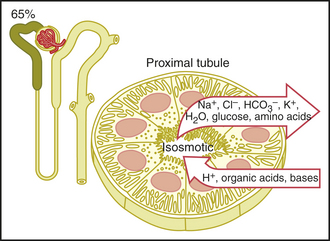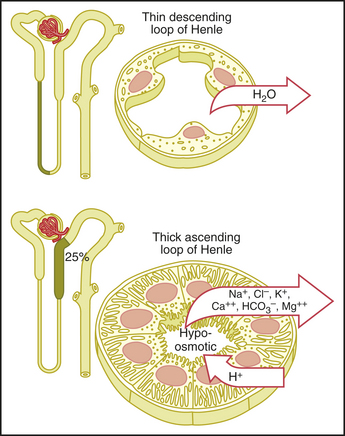22 CASE 22
LABORATORY STUDIES
Plasma analysis: Elevations in blood urea nitrogen and creatinine, increasing progressively with each daily measurement and reaching 50% above normal by day 3.
PATHOPHYSIOLOGY OF KEY SYMPTOMS
The renal tubules are composed of epithelial cells, with the apical surface facing the lumen of the tubule. Tubular segments, particularly the proximal tubule and the thick ascending limb of the loop of Henle, have numerous mitochondria and are metabolically active. Transport proteins on both the apical and basolateral surfaces facilitate the selective reabsorption of nutrients and electrolytes across the tubular epithelium (Figs. 22-1 and 22-2).
< div class='tao-gold-member'>
Only gold members can continue reading. Log In or Register to continue
Stay updated, free articles. Join our Telegram channel

Full access? Get Clinical Tree




